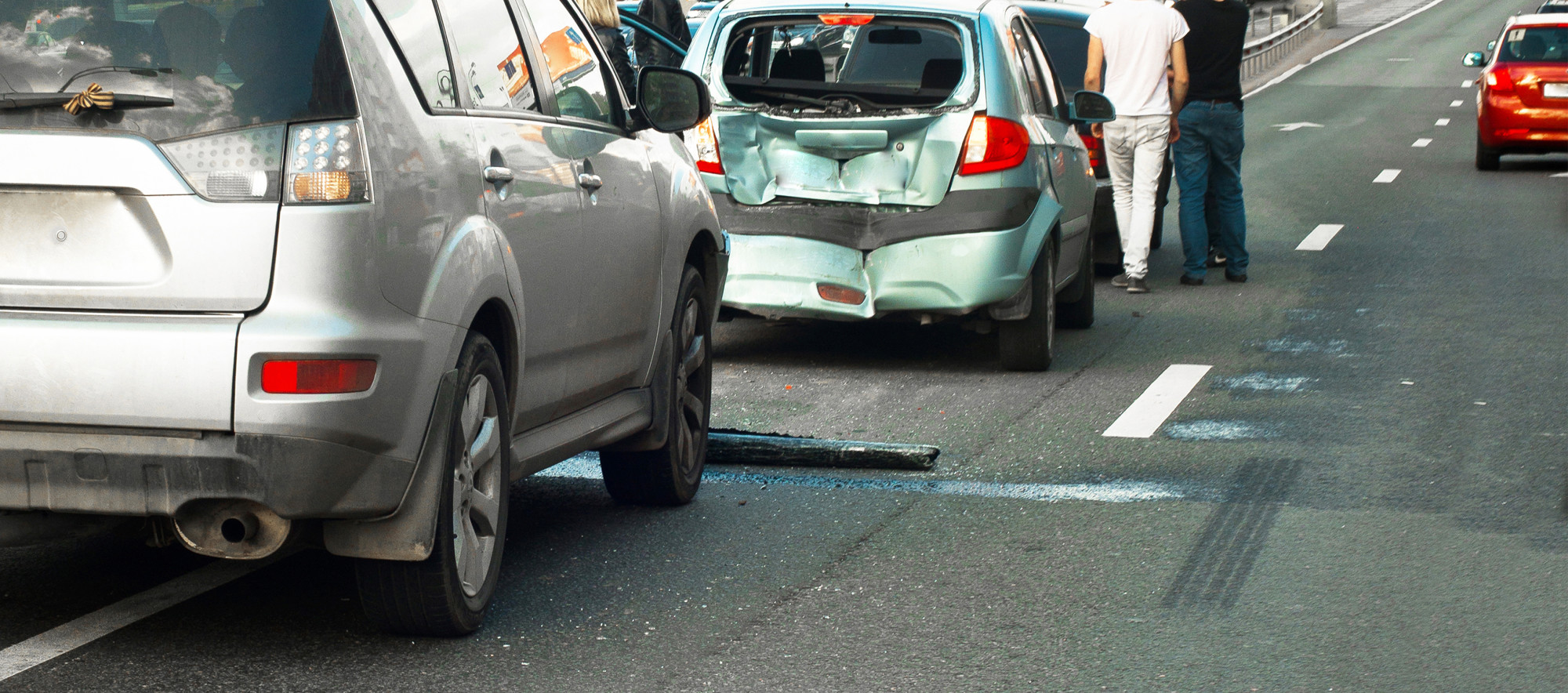Being sued for car accident can be an overwhelming and stressful experience. Understanding the legal process can help you manage your anxiety and make informed decisions. Here’s a step-by-step guide to navigating the legal proceedings after being sued for a car accident.
Receiving the Lawsuit
The car accident legal steps begin when you receive a summons and complaint. These documents notify you that you are being sued and outline the plaintiff’s claims against you. It is crucial to read these documents carefully and take note of any deadlines for responding.
Consulting an Attorney
Once you receive the lawsuit, your next step should be to consult with an attorney who specializes in car accident cases. An experienced attorney like Savage, Royall & Sheheen can help you understand your legal rights, car accident lawsuit defense, and the best course of action. If you have car insurance, your insurer may provide an attorney for you.
Responding to the Lawsuit
In most cases, you will need to file a formal response to the lawsuit, known as an “answer.” The answer addresses each allegation made by the plaintiff. Your attorney will help you draft this document, ensuring it is submitted within the required timeframe to avoid a default judgment against you.
Discovery Phase
The discovery phase is a critical part of the legal process where both parties exchange information related to the case. This can include:
Interrogatories: Written questions that must be answered under oath.
Depositions: Oral questioning of parties or witnesses, conducted under oath.
Requests for Production: Requests for documents and other evidence.
Requests for Admission: Requests to admit or deny certain facts about the case.
During discovery, your attorney will gather evidence to support your defense and will also review the evidence provided by the plaintiff.
Pre-Trial Motions and Negotiations
Before the trial, your attorney may file pre-trial motions to resolve certain issues or even potentially dismiss the case. Common motions include:
Motion to Dismiss: Argues that the plaintiff’s case is legally insufficient.
Motion for Summary Judgment: Requests a judgment based on the undisputed facts of the case.
Additionally, both parties may engage in settlement negotiations to resolve the case without going to trial.
Trial
If the case does not settle, it will go to trial. During the trial, both parties will present their evidence and arguments to a judge or jury. The trial process includes:
Opening Statements: Both sides outline their case.
Presentation of Evidence: Witnesses testify, and documents are presented.
Closing Arguments: Both sides summarize their case.
Verdict: The judge or jury delivers a decision based on the evidence and arguments.
Post-Trial Motions and Appeals
Following the trial, either party has the option to submit post-trial motions, such as a motion for a new trial or a motion to modify or revise the judgment. If you are not satisfied with the outcome, you may have the option to appeal the decision to a higher court.
Compliance with Judgment
If the verdict is against you, you will need to comply with the judgment, which may include paying damages to the plaintiff. Your attorney can advise you on the best way to fulfill these obligations while protecting your financial interests.
Know What to Do if You’re Sued for Car Accident
Navigating the legal process after being sued for car accident can be daunting. However, understanding each step and working closely with an experienced attorney can help you effectively manage the situation. If you find yourself in this position, don’t hesitate to seek professional legal advice to ensure your rights are protected.
For more similar topics, visit our blog.







